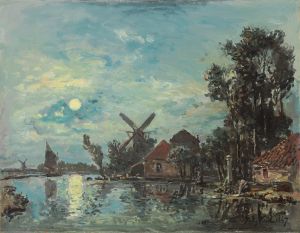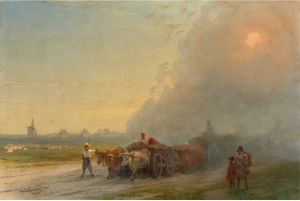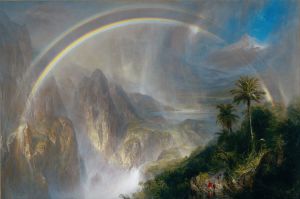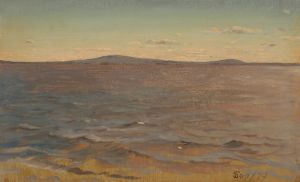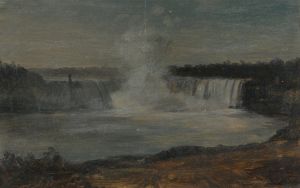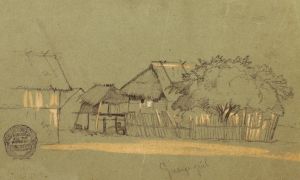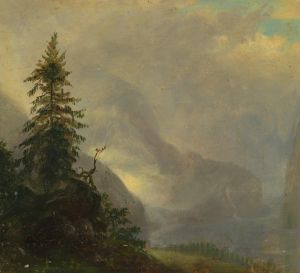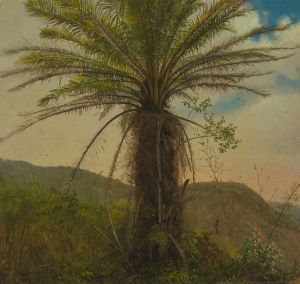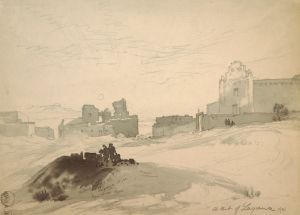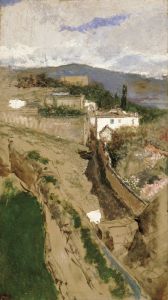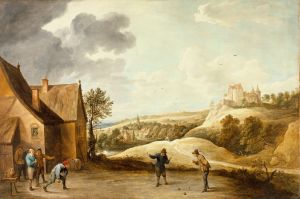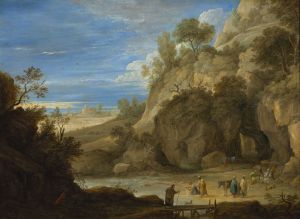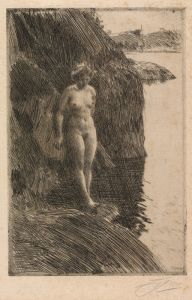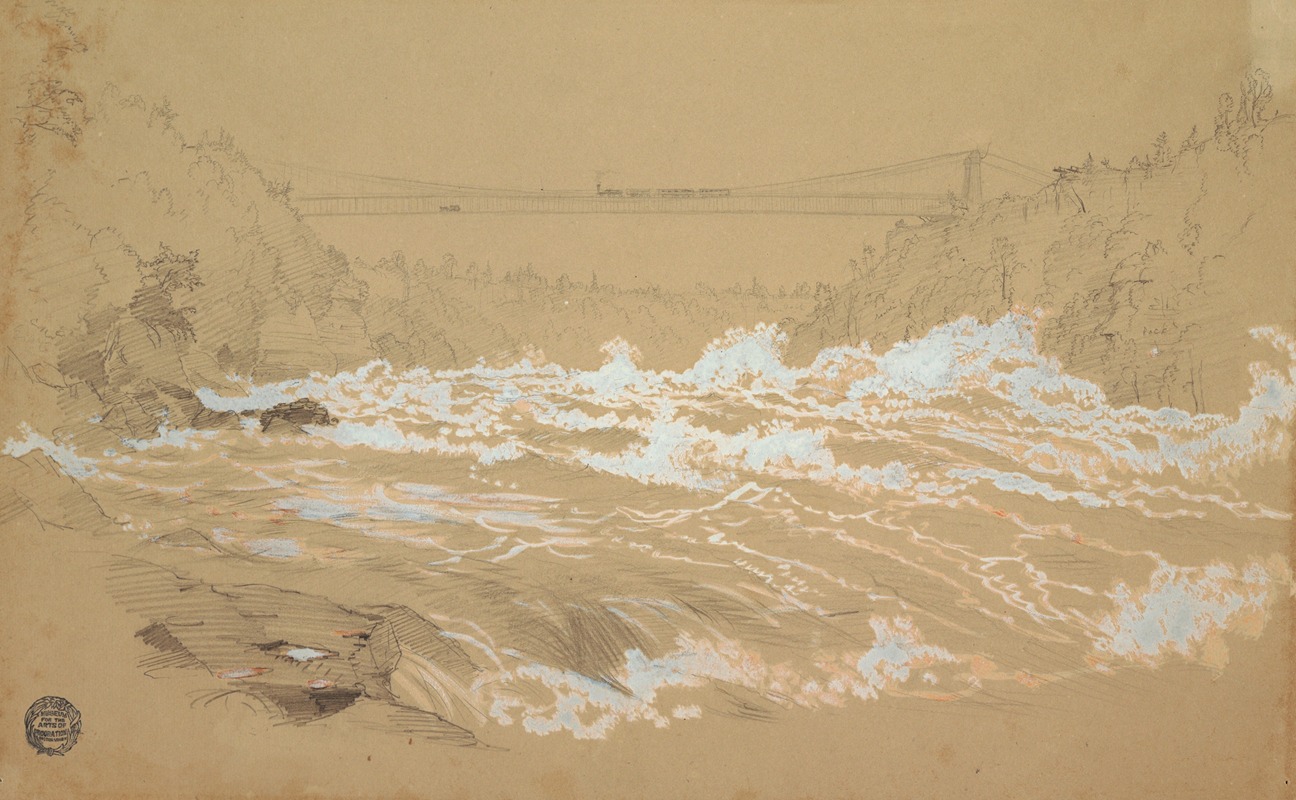
The Gorge, Niagara, Looking Toward the Suspension Bridge
A hand-painted replica of Frederic Edwin Church’s masterpiece The Gorge, Niagara, Looking Toward the Suspension Bridge, meticulously crafted by professional artists to capture the true essence of the original. Each piece is created with museum-quality canvas and rare mineral pigments, carefully painted by experienced artists with delicate brushstrokes and rich, layered colors to perfectly recreate the texture of the original artwork. Unlike machine-printed reproductions, this hand-painted version brings the painting to life, infused with the artist’s emotions and skill in every stroke. Whether for personal collection or home decoration, it instantly elevates the artistic atmosphere of any space.
"The Gorge, Niagara, Looking Toward the Suspension Bridge" is a painting by the American artist Frederic Edwin Church, completed in 1857. Church was a central figure in the Hudson River School, a mid-19th century American art movement characterized by its detailed, romantic portrayals of the American landscape. This particular work is one of several paintings by Church that depict the natural beauty and grandeur of Niagara Falls, a subject that fascinated him and many of his contemporaries.
The painting captures a dramatic view of the Niagara Gorge, with the suspension bridge in the distance. The bridge, known as the Niagara Falls Suspension Bridge, was an engineering marvel of its time, completed in 1855 and designed by John Augustus Roebling. It was the first working suspension bridge to carry trains, and it connected the United States and Canada across the Niagara River.
In "The Gorge, Niagara, Looking Toward the Suspension Bridge," Church employs his characteristic attention to detail and use of light to create a vivid and dynamic scene. The painting showcases the turbulent waters of the Niagara River as they rush through the gorge, framed by steep cliffs and lush vegetation. The suspension bridge is depicted in the background, a testament to human ingenuity amidst the untamed natural landscape.
Church's interest in Niagara Falls was part of a broader cultural fascination with the site during the 19th century. Niagara Falls was a popular destination for tourists and artists alike, symbolizing both the sublime power of nature and the progress of human engineering. Church's paintings of Niagara Falls, including this one, were celebrated for their ability to convey the awe-inspiring scale and beauty of the falls.
"The Gorge, Niagara, Looking Toward the Suspension Bridge" reflects Church's meticulous approach to landscape painting. He often conducted extensive field studies and sketches before completing his larger works in the studio. This dedication to accuracy and detail is evident in the painting's realistic portrayal of the natural and man-made elements of the scene.
The painting is also notable for its composition and use of light. Church skillfully directs the viewer's eye through the scene, from the churning waters in the foreground to the distant bridge. The interplay of light and shadow adds depth and drama to the landscape, enhancing the sense of movement and energy.
Frederic Edwin Church's works, including "The Gorge, Niagara, Looking Toward the Suspension Bridge," are held in high regard for their artistic and historical significance. They offer a glimpse into the 19th-century American landscape and the cultural values of the time, celebrating both the majesty of nature and the achievements of human innovation.
Today, Church's paintings can be found in major art museums and collections, where they continue to be appreciated for their beauty and historical importance. "The Gorge, Niagara, Looking Toward the Suspension Bridge" remains a testament to Church's skill as a landscape painter and his ability to capture the essence of America's natural wonders.





